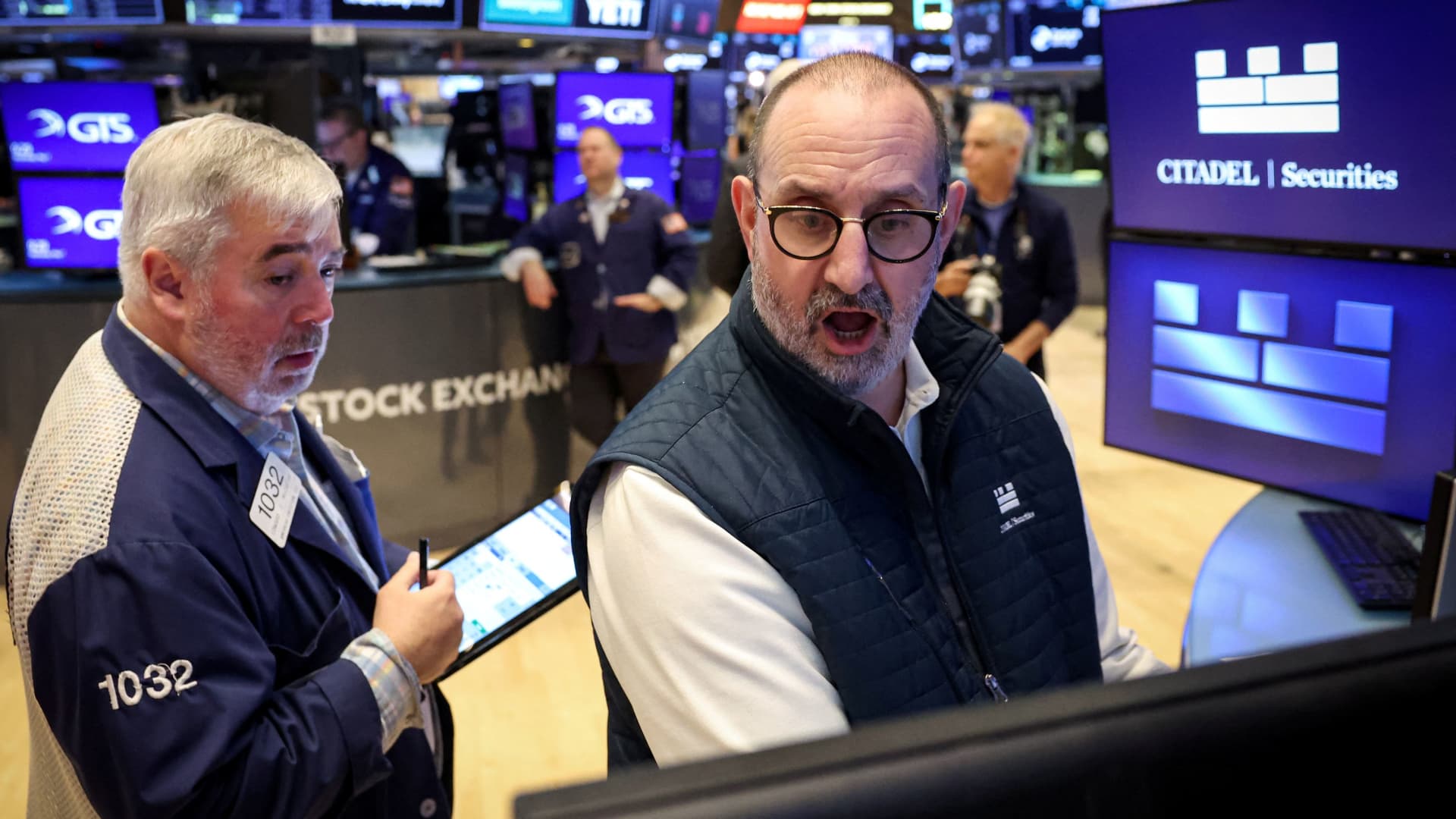The Rollercoaster Ride of U.S. Stock Markets in Early 2025
Introduction
The first half of 2025 has been anything but predictable for U.S. stock markets. Investors have been on a dizzying ride, with wild swings driven by trade wars, tariff battles, and geopolitical tensions. The Dow Jones Industrial Average, S&P 500, and Nasdaq-100 have all seen dramatic fluctuations, reflecting how deeply interconnected global trade policies and market performance have become.
This report breaks down the key events shaping this volatile period, examining the impact of tariffs, trade negotiations, and Federal Reserve policies on investor sentiment. By understanding these dynamics, we can better navigate the uncertainty ahead.
—
The Tariff Turmoil: A Market on Edge
Escalating Trade Wars and Market Reactions
The year kicked off with an aggressive exchange of tariffs between the U.S. and China, reigniting fears of a full-blown trade war. In April 2025, China retaliated against U.S. tariffs with an 84% levy on American goods, following a 104% U.S. tariff on Chinese imports. The immediate market reaction was brutal:
– Dow Jones Industrial Average plunged 2,231.07 points (5.5%) in a single day—the steepest drop since the COVID-19 crash of June 2020.
– S&P 500 followed suit, shedding 5.97% in the same session.
Investors were caught off guard, and the sell-off underscored how quickly geopolitical tensions could unravel market stability.
The Whiplash Effect of Policy Reversals
Markets proved hypersensitive to tariff announcements—and even rumors of policy shifts. On May 8, 2025, stocks surged after President Trump announced a trade deal with the UK and hinted at potential tariff reductions on China. This, combined with a strong April jobs report, fueled optimism, pushing the S&P 500 to its longest winning streak in two decades.
But optimism was fleeting. Without concrete details, the rally fizzled, reinforcing how fragile investor confidence had become.
—
Trade Negotiations: Hope, Hype, and Disappointment
The Switzerland Talks: A Short-Lived Rally
A brief reprieve came when the U.S. and China reached a tentative “trade deal” following secret negotiations in Switzerland. The news sent futures soaring:
– Dow futures jumped 408 points (1%).
– S&P 500 and Nasdaq-100 futures climbed 1.1% and 1.3%, respectively.
However, the lack of specifics led to skepticism. Within days, the rally faded as traders questioned whether the deal would hold.
The UK Trade Deal: A Temporary Boost
The U.S.-UK trade agreement in early May provided another jolt of optimism. Stocks closed higher, with President Trump teasing more deals and possible China tariff reductions. Yet, the unresolved U.S.-China standoff kept markets on edge.
—
Investor Sentiment: Riding the Waves of Uncertainty
The Rollercoaster Continues
Volatility became the norm. Consider these wild swings:
– April 8, 2025: The Dow surged 2,900 points after Trump reversed key tariffs.
– April 26, 2025: The Dow dropped 400 points as investors awaited U.S.-China trade talks.
These extreme moves highlighted how policy unpredictability was dictating market behavior.
The Fed’s Role in Adding to the Chaos
The Federal Reserve’s mixed signals further muddied the waters. On May 4, 2025, the S&P 500 rose in choppy trading after the Fed warned of rising recession risks and inflation pressures. Investors were left guessing: Would the Fed cut rates to stimulate growth, or hike them to curb inflation?
—
The Path Forward: Navigating a Shifting Landscape
Key Challenges Ahead
Strategies for Investors
– Stay nimble: Markets are reacting to headlines—be prepared for sudden shifts.
– Diversify: Spread risk across sectors less vulnerable to trade wars (e.g., tech, healthcare).
– Watch the Fed: Central bank decisions will remain a critical market driver.
—
Conclusion: A New Era of Market Volatility
The first half of 2025 has been a stark reminder of how geopolitics and policy shifts can upend financial markets. From tariff wars to fleeting trade deals, investors have faced relentless uncertainty.
While the road ahead remains unclear, one lesson stands out: volatility is the new normal. Success will depend on adaptability, resilience, and a keen eye on both Washington and Wall Street.
For now, buckle up—the rollercoaster isn’t stopping anytime soon.











